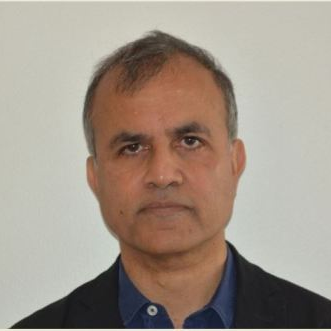New Technologies and Strategies for Treatment of Sleep Disordered Breathing
A special issue of Medicina (ISSN 1648-9144). This special issue belongs to the section "Pulmonary".
Deadline for manuscript submissions: closed (30 June 2023) | Viewed by 1819
Special Issue Editors
Interests: sleep medicine; sleep physiology
Special Issues, Collections and Topics in MDPI journals
Interests: sleep disordered breathing pathophysiology, diagnosis and therapy; hearing loss diagnosis and surgical treatment; head and neck oncology diagnosis and surgical treatment
Special Issues, Collections and Topics in MDPI journals
Interests: pediatric and adult sleep medicine; sleep physiology
Special Issues, Collections and Topics in MDPI journals
Special Issue Information
Dear Colleagues,
Obstructive sleep apnea is an increasingly common sleep breathing disorder with an estimated prevalence of 55% in some countries. Intermittent hypoxia leads to excessive daytime sleepiness, cognitive deficits, and cardiovascular and metabolic complications.
The pathogenesis of OSA is multifactorial, and four physiological traits have been recognized, which include upper airway collapsibility, poor muscle responsiveness, low arousal threshold, and high loop gain. The disease severity measured by apnea-hypopnea index (AHI) with PSG does not correlate with the clinical symptoms. Therefore, it is necessary to consider OSA traits, physiological variables, biomarkers, and comorbidities to target treatment in a personalized approach.
This Special Issue aims to collect articles on novel methods to recognize physiological OSA traits, a novel technology using signals which include heart rate variability (HRV), pulse wave amplitude drops (PWAD), pulse transit time (PTT), and hypoxic burden in OSA patients. We are interested in original research, pilot studies, and systematic reviews or meta-analyses, providing new insights into the use of novel techniques for evaluating adult and pediatric patients with OSA. There is also growing interest in non-invasive phenotyping methods and imaging and in machine learning in evaluation. We also accept studies on non-CPAP treatments such as surgery, mandibular splints, neurostimulation, and pharmacotherapy in a single or multimodality approach.
Dr. Venkata Koka
Prof. Dr. Andrea De Vito
Dr. Umakanth Katwa
Guest Editors
Manuscript Submission Information
Manuscripts should be submitted online at www.mdpi.com by registering and logging in to this website. Once you are registered, click here to go to the submission form. Manuscripts can be submitted until the deadline. All submissions that pass pre-check are peer-reviewed. Accepted papers will be published continuously in the journal (as soon as accepted) and will be listed together on the special issue website. Research articles, review articles as well as short communications are invited. For planned papers, a title and short abstract (about 100 words) can be sent to the Editorial Office for announcement on this website.
Submitted manuscripts should not have been published previously, nor be under consideration for publication elsewhere (except conference proceedings papers). All manuscripts are thoroughly refereed through a single-blind peer-review process. A guide for authors and other relevant information for submission of manuscripts is available on the Instructions for Authors page. Medicina is an international peer-reviewed open access monthly journal published by MDPI.
Please visit the Instructions for Authors page before submitting a manuscript. The Article Processing Charge (APC) for publication in this open access journal is 1800 CHF (Swiss Francs). Submitted papers should be well formatted and use good English. Authors may use MDPI's English editing service prior to publication or during author revisions.
Keywords
- obstructive sleep apnea
- sleep-disordered breathing
- phenotyping
- hypoxic burden
- Imaging HRV
- PTT
- PWAD
- CPAP
- OSA surgery
- drugs
- mandibular splints







